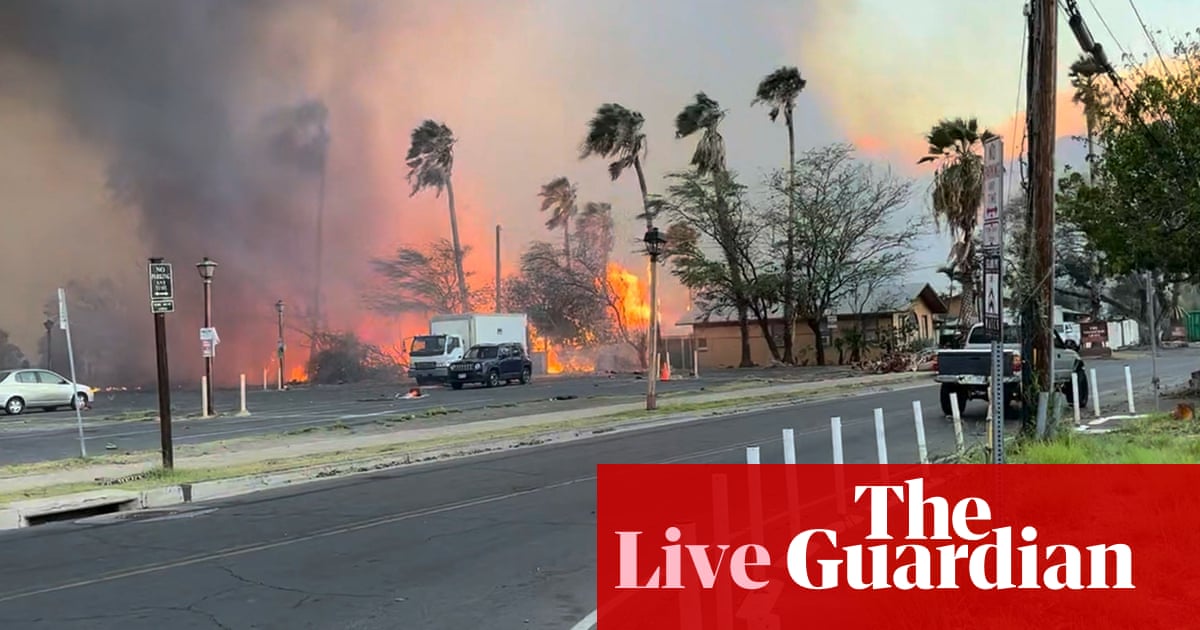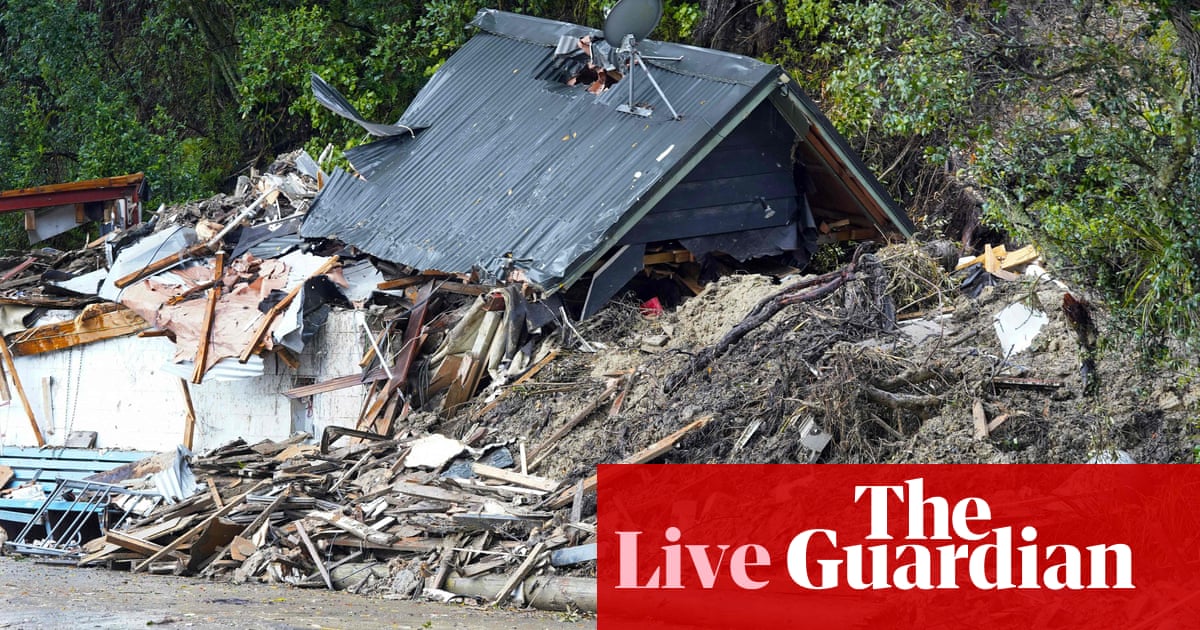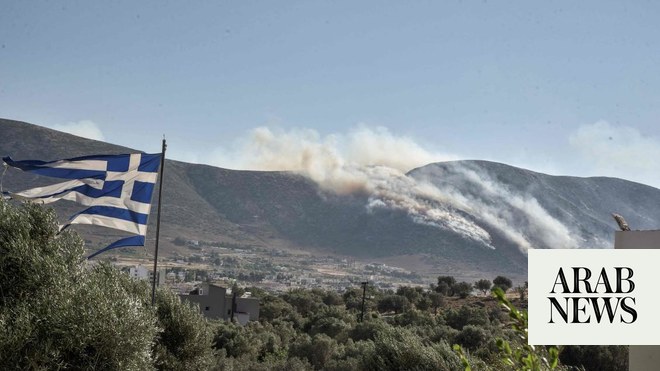
Berry Creek, a small community with a population of about 1,500 outside Plumas National Forest in California, has been ravaged by the North Complex Fire.
A huge issue in rural communities is that oftentimes, well water systems require electricity to run. When Pacific Gas and Electric shut off the power to large swaths of the population in preventive power shutoffs, they also rob rural homeowners of their ability to defend their homes.
The El Dorado Fire continues to rage in southern California, forcing evacuations and burning through 11,479 acres.
The El Dorado Fire was sparked by a gender-reveal party. Reminder that even the pioneer of gender-reveal parties is over gender-reveal parties.
The North Complex fire threatens the town of Paradise, a community far too familiar with wildfire destruction. In 2018, the Camp fire, the deadliest and most destructive fire in California history, wiped out the the town and killed 85.
My brilliant colleague Dani Anguiano reports that about 3,000 people live in Paradise today. “Affordability, trauma and concerns about the future of Paradise and the other Ridge communities have shaped decisions about where to go,” she writes.
Read more here:
The Creek fire, the fast-moving blaze in central California that required emergency military airlift evacuation earlier this week, continues to grow at 163,138 acres and 0% containment.
Damage inspection teams are still assessing the situation but so far know that of the 360 structures destroyed by the wildfire, there were 60 single family residences and 278 mixed commercial and residential buildings.
Washington: 330,000 acres burned in a day
Within days of igniting last month, the SCU Lightning Complex Fire, burning to the east of the San Francisco Bay Area, and the LNU Lightning Complex Fire, burning in wine country, quickly grew to the second- and third-largest wildfires in state history.
Their compatriot, the August Complex fire burning in Mendocino national forest, has since knocked them both out and is now No 2 on the list of largest wildfires in state history. As of three hours ago, it has burned through 421,889 acres across five counties and is 24% contained.
The SCU Lightning Complex fire, at 396,624 acres and 96% containment, now sits at No 3 and the LNU Lightning Complex fire, at 363,220 acres and 92% containment, now sits at No 4.
Oregon: 45 fires burn through 419,994 acres
By last count in Oregon, firefighters are battling 45 separate wildfires that have burned through a total of 419,994 acres.
That number changed from just an hour ago, when Kate Brown, Oregon’s governor, tweeted that there were 35 fires burning 300,000+ acres.
Authorities are repeatedly warning the public that the situation is changing rapidly.
Hey all, Vivian Ho taking over the liveblog for the afternoon. Here are some more eerie orange skies over California:
"Unprecedented" fires burn hundreds of homes in Washington and Oregon
Hundreds of homes have been destroyed and thousands of people evacuated as fires raged across the Pacific Northwest this week, per the Associated Press.
Fueled by winds gusting up to 50 mph (80 kph), catastrophic wildfires blew Wednesday across a large swath of Washington state and Oregon that rarely experiences such intense fire activity because of the Pacific Northwest’s cool and wet climate. Oregon’s governor said hundreds of homes had been destroyed.
No fatalities from the region’s fires had been confirmed by Wednesday afternoon, but the Oregon governor, Kate Brown, said some communities were substantially hit, with “hundreds of homes lost”. In many places residents had just minutes to evacuate their homes as firefighters struggled to contain and douse the blazes. Three prisons were evacuated late Tuesday.
“This could be the greatest loss of human life and property due to wildfire in our state’s history,” Brown told reporters.
The scenes were similar to California’s terrifying wildfire drama, where residents have fled fires raging unchecked throughout the state. Like those in California, the fires in the Pacific Northwest are unprecedented.
Sheriff’s deputies, traveling with chainsaws in their patrol cars to cut fallen trees blocking roads, went door to door in rural communities 40 miles (64km) south of Portland, Oregon’s largest city, telling people to evacuate. Since Tuesday, as many as 16,000 people have been told to abandon their homes.
“These winds are so incredible and are spreading so fast, we don’t have a lot of time,” said Craig Roberts, the Clackamas county sheriff.
In Oregon, at least four major fires were burning in Clackamas county, a suburban county that’s a bedroom community of Portland. The entire county of nearly 420,000 people was put on notice to be ready to evacuate late Tuesday amid winds gusting up to 30mph (48kph).
Another major fire in southern Oregon prompted evacuation orders in much of Medford, a city of about 80,000 residents.
And several huge blazes burning in Marion county, south0east of the state’s capitol city of Salem, merged overnight – turning the sky blood red in the middle of the day. Thousands of people were braced to flee if evacuation orders emerged.
“It was pitch black dark out there – all you could see was red,” said Wendy Phelps-Chapman, activity director at the Marian Estates independent senior living center in Sublimity, Oregon, which evacuated its 160 residents on Tuesday.
The Pacific Northwest is no stranger to wildfires, but most of the biggest ones until now have been in the eastern or southern parts of the region – where the weather is considerably hotter and drier and the vegetation more fire-prone than it is in the region’s western portion.
“We do not have a context for this amount of fire on the landscape,” said Doug Grafe, the chief of Fire Protection at the Oregon Department of Forestry. “Seeing them run down the canyons the way they have – carrying tens of miles in one period of an afternoon and not slowing down in the evening – (there is) absolutely no context for that in this environment.”
Washington state is also seeing an unprecedented fire season. Governor Jay Inslee said more than 330,000 acres (133,546 hectares) burned during a 24-hour period – an area larger than the acreage that normally burns during entire fire seasons that lasts from spring into the fall.
One small town on the eastern side of Washington was nearly completely decimated by the fires, with 80% of the town’s structures destroyed. Among the buildings that burned in Malden, a farming town, were the town’s fire station, post office, City Hall and library.
“It’s an unprecedented and heart-breaking event,” Inslee told reporters.
He blamed hot weather, high winds and low humidity for the explosive growth of the fires. Climate change has had a major effect on the prevalence and severity of fires on the west coast.
The Forest Service announced on Wednesday it is closing ten additional national forests in the state of California citing “historic fire conditions” meaning all 18 national forests in the state are now closed.
The closures, which include Eldorado National Forest, Lassen National Forest, and Tahoe National Forest, will go into effect at 5 pm PST today. The department said it will re-evaluate these closures daily as conditions change.
People across California, including in the San Francisco Bay Area, woke up on Wednesday morning to raining ash and pale-orange morning light filtering through apocalyptic, fire-choked skies.
The orange-tinted skies are due to light being filtered through smoke from fires across the state as California continues its worst fire season on record, according to regional air pollution control organization the Bay Area Air District.
“These smoke particles scatter blue light and only allow yellow-orange-red light to reach the surface, causing skies to look orange,” the organization said on Twitter.
Usually our sky is blue because gases and particles in the Earth’s atmosphere scatter white light from the sun and blue light, with its shorter wavelengths, is scattered more widely.
But when smoke particles and other pollution enter the atmosphere, much of the blue light is absorbed before it can reach our eyes, allowing only yellow, red, and orange light to reach the surface. Similarly, sunsets are red because the white light of the sun must pass through more atmosphere to reach you as it dips in the sky.
When the air is thick with smoke most of the light is scattered or absorbed before reaching the surface. It may get worse throughout the day, according to the National Weather Service.
“As the winds weaken aloft, gravity will take over as the primary vertical transport of the smoke,” it said. “Suspended smoke will descend closer to the surface and could lead to darker skies and worsening air quality today.”
The skies appeared orange not only in San Francisco but as far north as Eureka, California.
Residents of the Bay Area reported oversleeping because the sky was as dark as night throughout the morning. Local police forces recommended drivers keep headlights on all day and bridges and street lights remained alight as the sun failed to rise this morning.
The Bay Area national weather service tweeted that its models have been unable to keep up with the unprecedented circumstances, meaning its temperature and visibility predictions are likely to be inaccurate.
Despite the scary-looking skies, the actual quality of the air close to the ground was surprisingly good on Wednesday. That is because high winds are keeping the smoke at a high altitude of around 2,000 to 4,000 feet above ground, according to the National Weather Service, preventing it from from settling at the surface. San Francisco is additionally protected by its famous fog, which is creating a layer of protection between the ground and the smoke.
According to ABC7 News, locals should be sheltering in place as much as possible until air quality improves - which could be some time, as the Bay Area is surrounded on all sides by fires. One expert said there likely will not be blue skies until Friday at least.
PG&E has issued an “all clear” for areas impacted by power outages over the weekend, meaning more than 100,000 customers could soon have their power restored.
The utility shut down electricity in 22 counties amid strong winds that created increased fire danger in much of northern California this week. “These Diablo winds are strong enough to break tree limbs, blow them into power lines and cause rapid fire spread,” PG&E said.
Customers in Napa and Sonoma counties have been without power since the long weekend. Many area schools had to suspend classes that have gone online due to the Covid-19 pandemic. Power should begin to restore for most of these customers by the end of the day on Wednesday.












